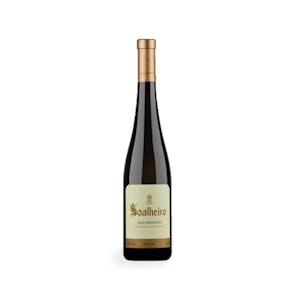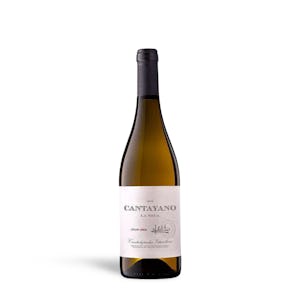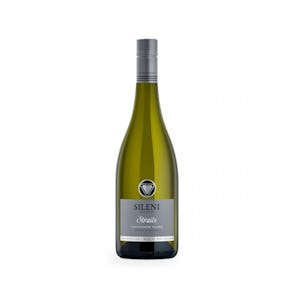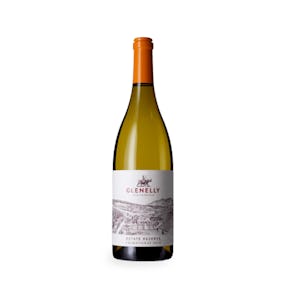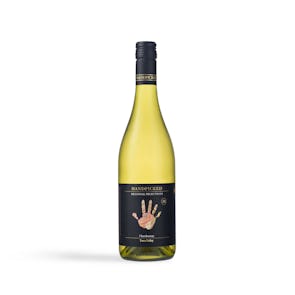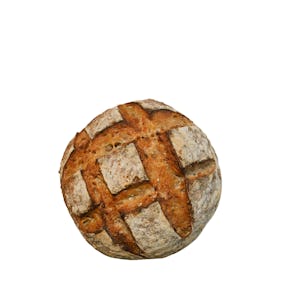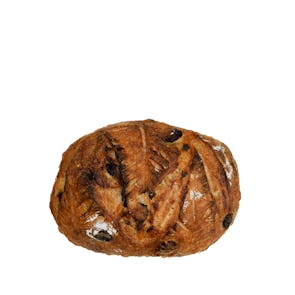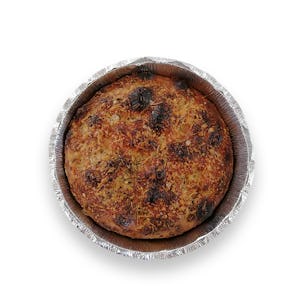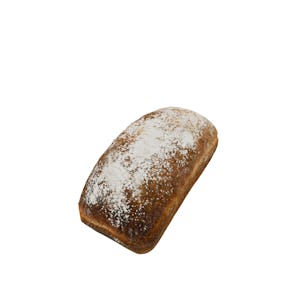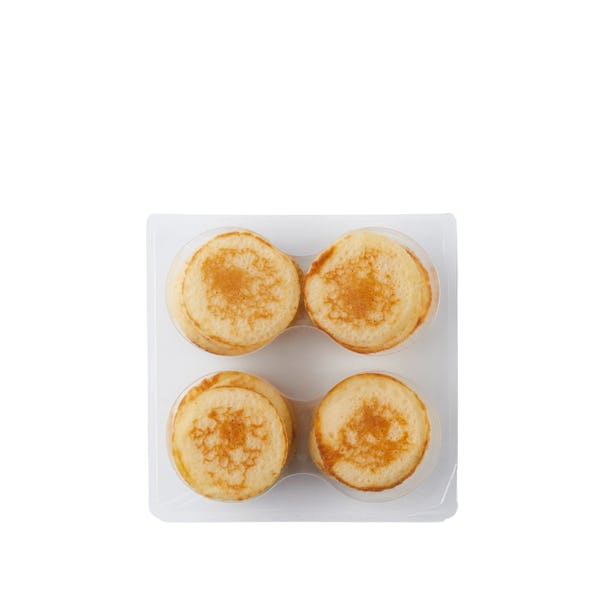

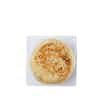
TASTING NOTES FROM THE CURATOR
The pride of the Slavic kitchen, blinis are traditionally made from wheat or buckwheat flour and leavened with yeast. They are slightly thicker than French crepes, and have a savoriness to them rather than sweetness, which make them the ideal vessels for all sorts of toppings other foodstuffs.
PREPARATION OR PAIRINGS
Traditionally, you have blinis with sour cream and smoked salmon. Our selection of Dom Petroff Smoked Salmon is an excellent place to start when you consider a light blini-based meal. Of course, straight out of Russian tradition, caviar is an excellent way to go too. But blinis have no truly designated toppings. Have them with honey and berries, crème fraiche and smoked fish with lemon and dill, Brie and cranberry sauce, jam and lemon curd, chocolate spread or Nutella and banana, kimchi and fried quail egg—your dining list is endless.
FROM A HAPPY ACCIDENT, A THOUSAND YEARS AGO
According to Russian lore, a wanderer overcooked his breakfast oats into a thin solid disc in a pan and created what could be considered the very first pancake. Because of their round shape, these round capes that came to be called blinis were incorporated into the Slavic festivities at Maslenitsa, a day to worship the sun. More modern traditions took over and blinis have become the central part of what is affectionately called butter week, a promise of new beginnings at the end of winter. Of course, you can have them any other time of year now, too.
Storage Instructions
Your blinis can be stored frozen for up to a month from the date you receive it. Defrost them in the refrigerator the night before you plan to use them. Alternatively, you can leave them out on the counter to defrost for no more than 3 hours. To reheat the blinis, place them in the oven at 170°C (drop to 150°C if your oven heats doesn’t maintain a constant temperature) for 7 to 10 minutes. Alternatively, you may also pop these in the microwave for 30 seconds to 1 minute.


